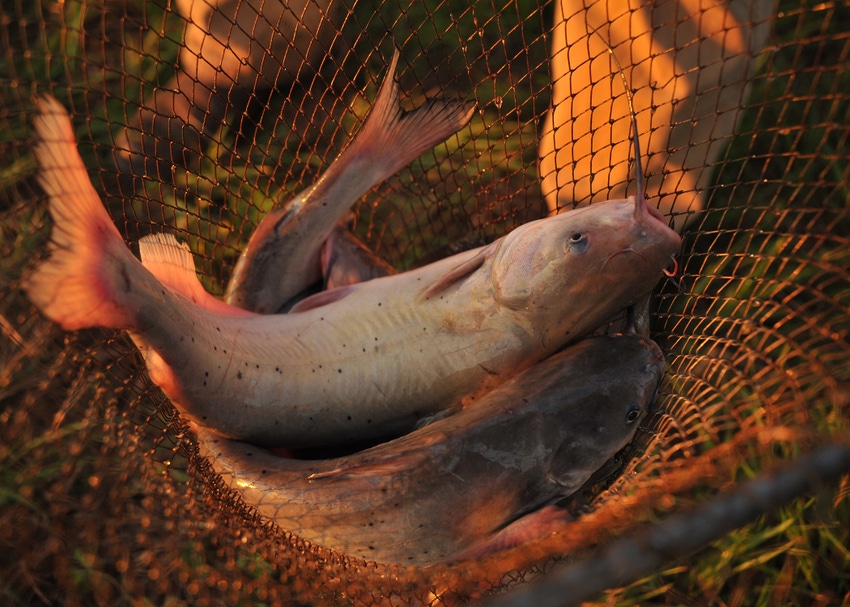Processor expansion helps catfish farmers
Mississippi-based catfish processor to break ground on $15 million expansion project.
September 6, 2019

The challenges Mississippi catfish farmers face in 2019 are many, but growth of one of the state’s eight processing facilities is one positive sign for the industry.
Macon, Miss.-based Superior Catfish is set to break ground on a $15 million expansion later this month. A grant from the Mississippi Development Authority will aid in the company’s efforts, an announcement from Mississippi State University Extension Service said.
“Our main thrust is to add more production to our facility. When we are finished, our goal is to have increased production by 30% of what we are today,” general manager Fred Johnson said. “Right now, we are processing about 20 million lb. of catfish per year, and we are hoping to get close to 30 million.”
Increased production has become a nationwide trend over the last five years, Mississippi State Extension said. In 2019, it is on pace to match last year’s 341 million lb. Surpassing that amount would mark six straight years of higher output.
Despite pond acreage decreasing from 70,000 acres in 2009 to 35,700 in 2019, Mississippi producers are improving their bottom lines by getting more efficient at raising catfish, the announcement said.
Jimmy Avery, aquaculture professor for the Mississippi State University Extension Service, noted that the average yield was 3,865 lb. per acre in 2009, and as of “2018, that yield has increased to 6,991 lb. per acre. The primary technologies behind this increase are a switch to more intensive systems, better aeration and the use of hybrid catfish.”
The average price farmers received this July was $1.06/lb., compared to 98 cents in July 2018, Mississippi State Extension said. Feed cost during the first five months of 2019 was $370 per ton, down $27 per ton from the same period in 2018.
Increased processing capabilities will eventually help Mississippi catfish growers face one of the industry’s largest issues: fish weight. In 2018, U.S. catfish producers lost $14.6 million due to processors paying discounted prices for fish that were too large.
“In 2018, 68% of what consumers bought as ‘catfish’ was imported product,” Avery said. “Market stability also remains a challenge, as even slight oversupplies lead to price fluctuations. Farmers are facing an increasing resistance from processors to buy fish that weigh more than 4 lb. There are simply not enough market outlets for these big fish.”
Johnson said consumers are increasingly becoming more conscious about where their catfish come from, prompting the need to ramp up production. He said the U.S. Department of Agriculture taking over catfish inspection from the Food & Drug Administration in 2016 has protected the American consumer who seeks a domestic product.
“I think the demand for U.S. farm-raised product is growing,” he said. “USDA overseeing inspection has given it more recognition as a safe product. The market is strengthening because more people are eating catfish today than five years ago in general.”
Source: Mississippi State University Extension Service, which is solely responsible for the information provided and is wholly owned by the source. Informa Business Media and all its subsidiaries are not responsible for any of the content contained in this information asset.
You May Also Like



